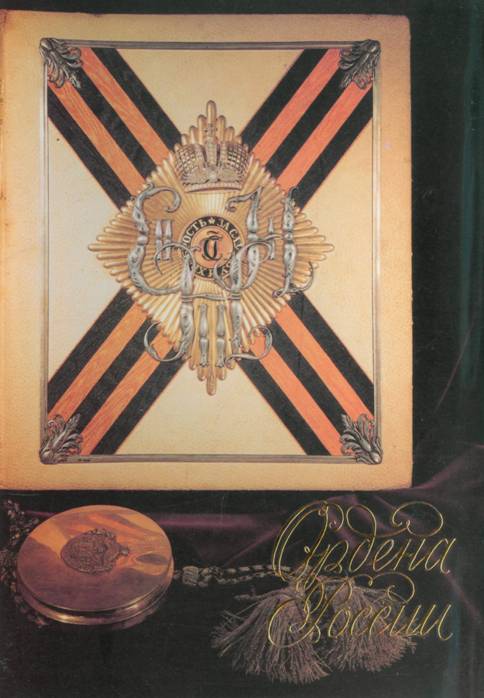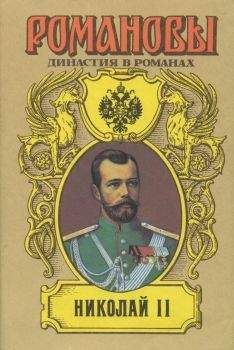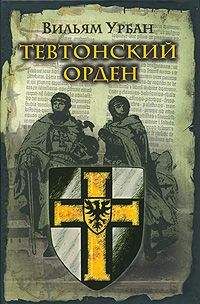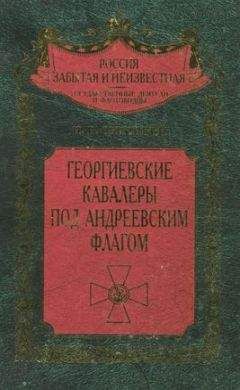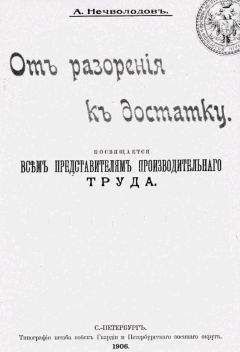receive the first Russian order. Starting with 1797, those awarded with the Order of St Andrew the First-Called at the same time became the bearers of the minor orders of St. Alexander Nevsky and of St. Anne first class. In the 19th century added to them were the Order of the White Eagle and the Order of St. Stanislaus. Early in the 18th century gold decoration insignias-crowned miniature of Peter the Great's portraits decorated with enamel and diamonds were introduced alongside with the medals and the Order of St. Andrew the First-Called. Attaching paramount importance to this award, Peter the Great himself awarded these panagias to his closest associates and generals who had distinguished themselves on battlefields.
The Russian women's Order of St. Catherine with the motto "For Love and the Motherland" was instituted in 1714. Wife of Peter the Great was the first to receive the Order on a festive occasion of her name-day and until 1726 was the only woman to bear this decoration. In later years the Order was awarded to court ladies for charity work.
The appearance of the third Russian order was also linked with the name of Peter the Great. He decided to institute a military award in memory of Prince Alexander Nevsky famous for his victories over the Swedes. However, officially the Order of St. Alexander Nevsky was instituted on May 21, 1725 directly after the death of Peter the Great. Catherine I instituted the Order, the motto of which was "For Feats and the Motherland", as a reward for military feats and civil service to the Homeland. The Order's insignias, adorned with diamonds, signified its highest class. The bearer of this Order with diamonds was the famous ataman of the Cossack Don Army M. I. F4atov, who had been awarded the same order but without diamond decorations for the 1806-1807 campaign.
However, the idea about the award presented for combat feats persisted and 45 years later Catherine II decreed the statute of the highest military order of the Russian Empire. The Order of St. George was instituted on November 26, 1769 in St. Petersburg. During a festive ceremony Catherine If awarded herself wizh the first class of this order, the most honoured in pre-Revolutionary Russia. The four-class Order of St. George with the motto "For Service and Courage" was intended exceptionally for decorating officers in wartime for valour and courage displayed in battle. The Order was named in honour of St. George the
Victor, who from time immemorial was looked up to as the protector of Russian troops. In early Rus the picture of St. George on horseback with a spear was attached to the helmets, shields, banners and seals. The Order included a gold cross covered with white enamel with a picture of St. George in the centre, a gold star bearing the Order's motto and a black and orange ribbon. The statute forbode to decorate the insignias with precious stones. The Order was awarded starting with the fourth class upwards. Over the 150 years from the day of its, institution and until 1917 only 25 people were awarded with the Order of St. George first class. Heroes of the Patriotic War of 1812 Generals M. I. Kutuzov and Barclay de Tolly and somewhat later general Field Marshals I. F. Paskevich and I. I. Dibich were awarded Orders of all the four classes. Instituted in 1807 was a combat award for soldiers and non-commissioned officers-a sign of favour of the Military Order-a silver cross with the picture of St. George.
In 1856 it became a four-class award: the first and second classes were gold and the third and fourth-silver. In accordance with the new 1913 statute the sign of favour began to be called the St George Cross. During World War / officers, too, were awarded the St George Cross for persona/ courage in battle.
Instituted in 1782, the four-class order of St. Vladimir was awarded for service to the Homeland, for combat feats and for long service record. The Order's insignias included a gold cross with red enamel and a black border, a star with the Order's motto "Usefulness, Honour and Glory" and a red ribbon with a broad black edge. Among the bearers of the Order of St. Vladimir, second in importance after the Order of St. Andrew the First-Called, were G. Derzhavin, a poet and a stateman, N. Karamzin, a writer and a historian, who was awarded for his work "History of the Russian State", and many other scientists and explorers.
The Order of St. Anne, instituted in Holstein in 1735, joined the statute of Russian decorations in 1797 on the coronation day of Paul I and had three classes with an unlimited number of order-bearers. The Order's motto was "To a Lover of Truth, Honour and Loyalty". Early in the 19th century the Order was granted its fourth class, which replacing the former third class, became a military award for junior officers and was attached to the hilt of the presentation sword inscribed with the words "For Bravery".
The Decree on Orders of 1797 ranked the sign of favour of the Order of St. Anne, instituted on November 12, 1796, for soldiers and non-commissioned officers for long service record and special merits, among the insignias of the Order of St. Anne.
In 1831 two Polish orders, the Order of the White Eagle and the Order of St. Stanislaus, joined the statute of Russian decorations. The system of the Russian highest state regalia had practically been formed a/though projects of instituting new orders cropped up once in a while. Beginning with 1845, the pictures of the saints were replaced on all the orders awarded to non-Christians with the depiction of the Russian state coat-of-arms. As of 1855, crossed gold swords were mounted on all the orders, except the Order of St. George, intended for decorating heroes for combat feats. In Russia two foreign orders were awarded to Russian citizens for a brief period of time. At the close of the 18th century Emperor Paul I, elected the
